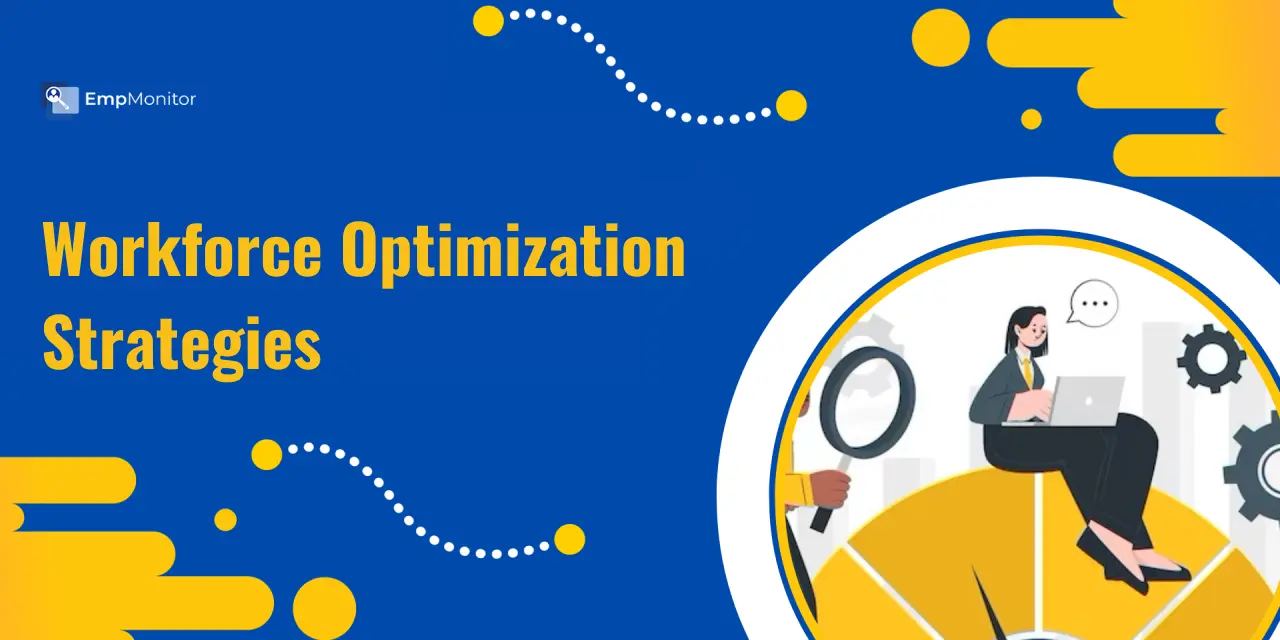The Role of Leadership in Workforce Optimization
The Role of Leadership in Workforce Optimization
Blog Article
10 Workforce Optimization Tips for Reducing Absenteeism
In today's fast-paced business earth, staying in front of the curve is more important than ever. One effective software that could support firms get a competitive edge is predictive analytics. By leveraging data to forecast future developments and behaviors, agencies may make more informed decisions and enhance their workforce efficiently. But how precisely does predictive analytics play a role in workforce optimization, and why must your organization care?
Predictive analytics is revolutionizing just how businesses handle their employees. It allows organizations to anticipate potential staffing needs, increase worker efficiency, and minimize turnover rates. By knowledge the styles and tendencies within your workforce, you possibly can make proper choices that may benefit both your workers and your base line.

Understanding Predictive Analytics
Predictive analytics involves using traditional information, unit learning algorithms, and statistical types to predict future outcomes. In the context of workforce optimization , it means studying past worker knowledge to estimate future workforce trends. This could include predicting which employees will probably leave, pinpointing prime artists, and deciding the most effective instances to hire new staff.
By harnessing the energy of predictive analytics, organizations may transfer from reactive to practical workforce management. In place of awaiting issues to happen, organizations may assume them and get activity before they impact the organization.
Improving Worker Performance
One of many important great things about predictive analytics is its ability to boost worker performance. By studying knowledge on worker conduct, output, and involvement, businesses may identify factors that subscribe to large performance. These records can then be utilized to produce targeted training programs, set sensible efficiency targets, and give personalized feedback to employees.
For instance, if the information implies that personnel who get standard feedback perform better, managers may implement more regular check-ins and performance reviews. Likewise, if certain abilities are identified as critical for success in a certain role, targeted training programs can be created to make sure all personnel have the required competencies.
Reducing Turnover Charges
Employee turnover is really a significant challenge for all agencies, ultimately causing increased recruiting costs and lost productivity. Predictive analytics can help handle this issue by distinguishing workers that are prone to making and pinpointing the factors that lead for their dissatisfaction.
By knowledge the reasons behind employee turnover, companies can take positive steps to enhance retention. This could contain offering more aggressive salaries, providing opportunities for career growth, or addressing workplace tradition issues. By lowering turnover prices, businesses can conserve money and maintain a far more secure and experienced workforce.

Optimizing Staffing Levels
Yet another critical program of predictive analytics is optimizing staffing levels. By analyzing old knowledge on staff hours, challenge timelines, and client need, organizations can outlook potential staffing wants more accurately. This ensures that they have the right amount of personnel at the proper time, avoiding overstaffing or understaffing issues.
As an example, if the data implies that customer demand peaks throughout particular times of the year, businesses may hire short-term team or adjust worker schedules to meet up this demand. That not only increases customer satisfaction but also assists handle work fees more effectively.
Enhancing Hiring Techniques
Predictive analytics also can play a crucial role in increasing recruiting strategies. By considering data on past hires, companies may identify styles and tendencies that cause effective hires. These details can be used to improve job descriptions, goal the best individuals, and streamline the hiring process.
Like, if the information suggests that prospects from particular skills or with particular skills are more prone to achieve a particular position, recruiters can target their attempts on attracting these individuals. Also, predictive analytics can help identify possible red flags during the hiring process, such as for example candidates with a history of job-hopping or poor performance in past roles. Report this page